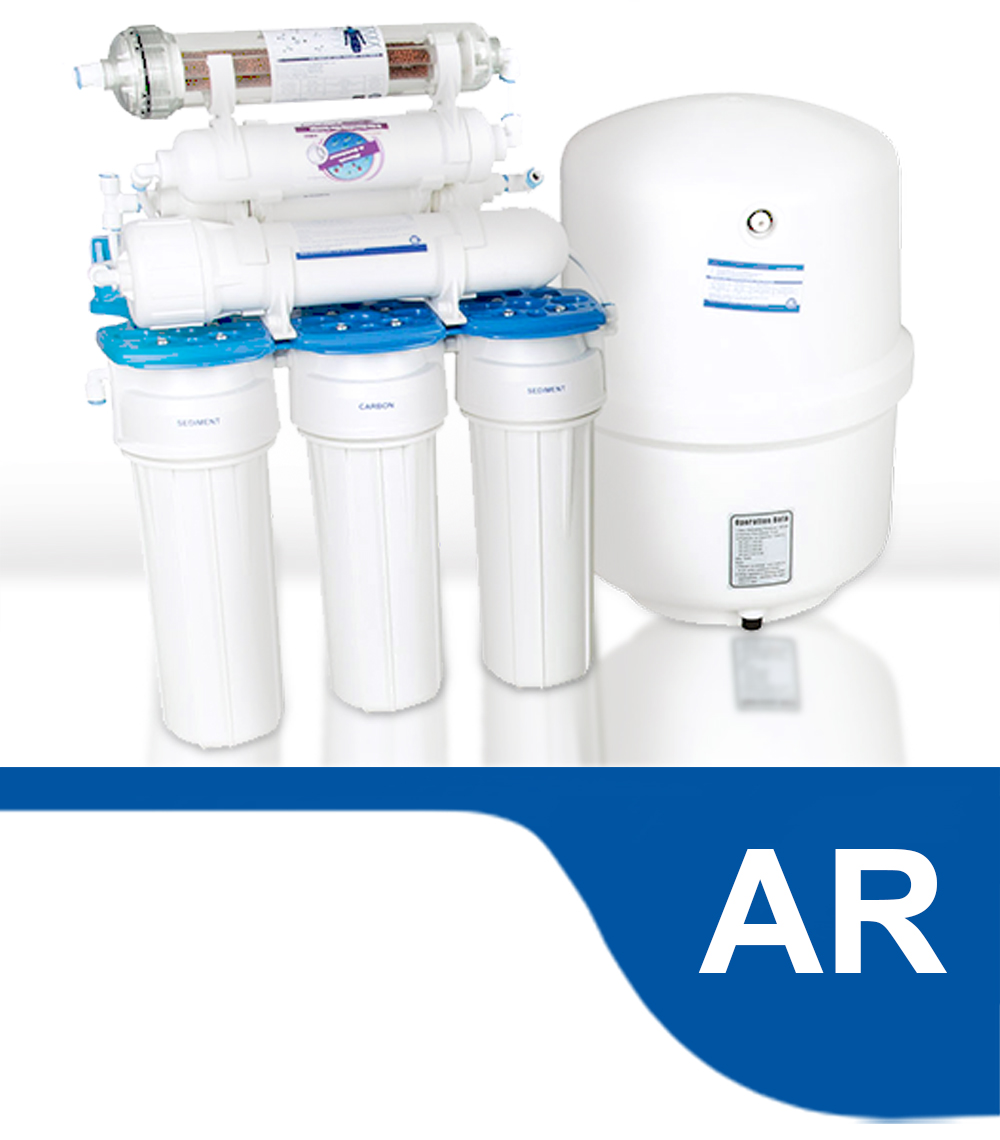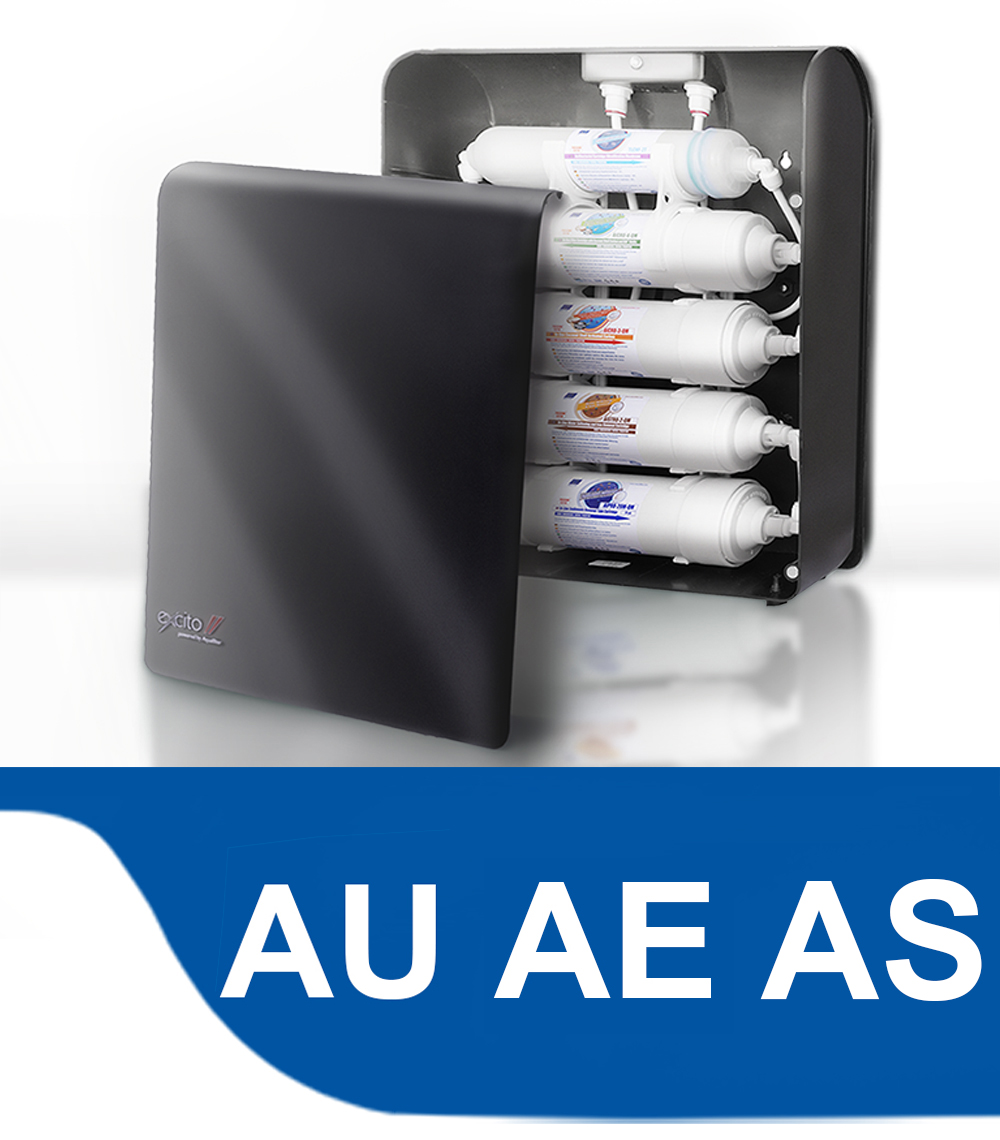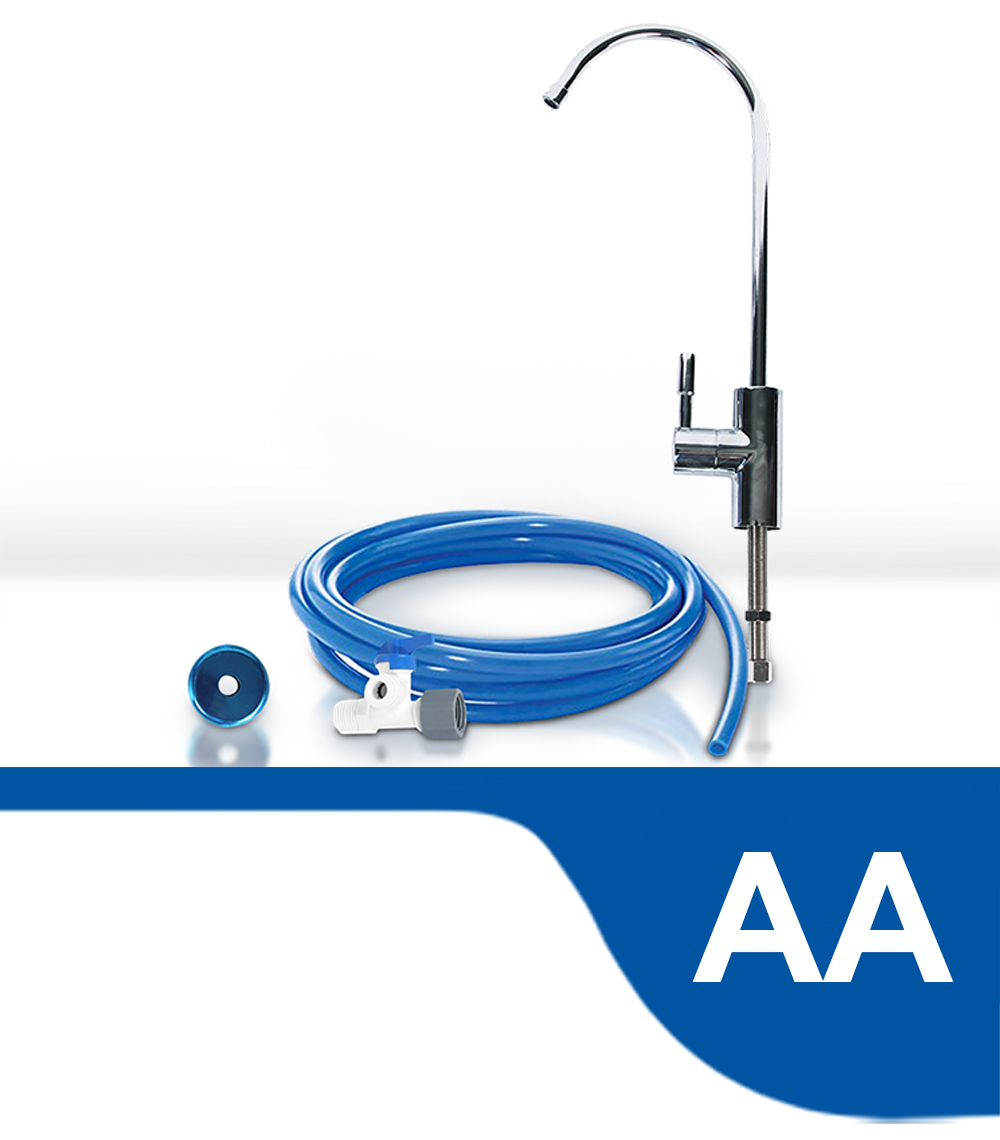- ABOUT COMPANY
-
PRODUCTS
- Filter housings
- Big Blue Filter Housings
- Two Part Filter Housings
- Three Part Filter Housings
- Three Part Spin-Down Filter Housings
- Special Filter Housings

- Filter Cartridges
- ACS - Sediment Cartridge
- ACC - Carbon cartridges
- ACR - Water Softening Cartridges
- ACM - Mineralization Cartridges
- ACA - RO In-line Water Membranes, Empty Casings, Sets of Cartridges

- NEWS
- DOWNLOAD
- CONTACT
- CAREER










